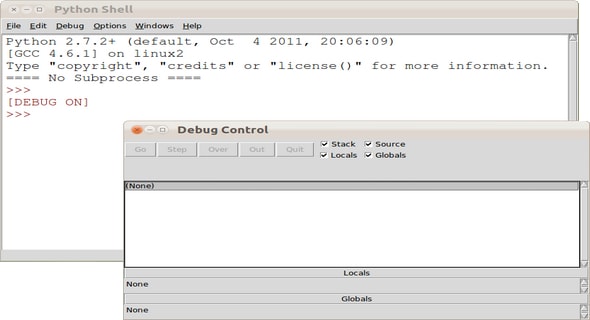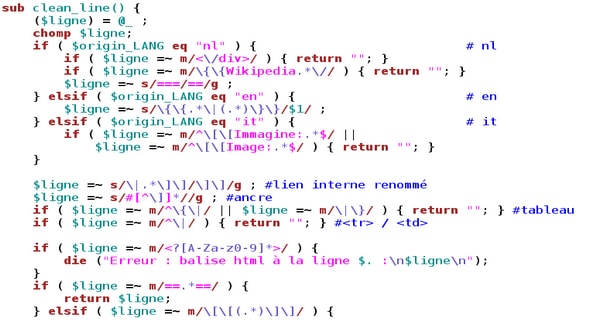Cours Python Programming / Live print version, tutoriel Python en pdf.
Spaces and tabs don’t mix
Because whitespace is significant, remember that spaces and tabs don’t mix, so use only one or the other when indenting your programs. A common error is to mix them. While they may look the same in editor, the interpreter will read them differently and it will result in either an error or unexpected behavior. Most decent text editors can be configured to let tab key emit spaces instead.
Python’s Style Guideline described that the preferred way is using 4 spaces.
Tips: If you invoked python from the command-line, you can give -t or -tt argument to python to make python issue a warning or error on inconsistent tab usage.
pythonprogrammer@wikibook:~$ python -tt myscript.py this will issue an error if you mixed spaces and tabs.
Objects
In Python, like all object oriented languages, there are aggregations of code and data called Objects, which typically represent the pieces in a conceptual model of a system.
Objects in Python are created (i.e., instantiated) from templates called Classes (which are covered later, as much of the language can be used without understanding classes). They have « attributes », which represent the various pieces of code and data which comprise the object. To access attributes, one writes the name of the object followed by a period (henceforth called a dot), followed by the name of the attribute.
An example is the ‘upper’ attribute of strings, which refers to the code that returns a copy of the string in which all the letters are uppercase. To get to this, it is necessary to have a way to refer to the object (in the following example, the way is the literal string that constructs the object).
‘bob’.upper
Code attributes are called « methods ». So in this example, upper is a method of ‘bob’ (as it is of all strings). To execute the code in a method, use a matched pair of parentheses surrounding a comma separated list of whatever arguments the method accepts (upper doesn’t accept any arguments). So to find an uppercase version of the string ‘bob’, one could use the following:
‘bob’.upper()
Scope
In a large system, it is important that one piece of code does not affect another in difficult to predict ways. One of the simplest ways to further this goal is to prevent one programmer’s choice of names from preventing another from choosing that name. Because of this, the concept of scope was invented. A scope is a « region » of code in which a name can be used and outside of which the name cannot be easily accessed. There are two ways of delimiting regions in Python: with functions or with modules. They each have different ways of accessing the useful data that was produced within the scope from outside the scope. With functions, that way is to return the data. The way to access names from other modules lead us to another concept.
Namespaces
It would be possible to teach Python without the concept of namespaces because they are so similar to attributes, which we have already mentioned, but the concept of namespaces is one that transcends any particular programming language, and so it is important to teach. To begin with, there is a built-in function dir() that can be used to help one understand the concept of namespaces. When you first start the Python interpreter (i.e., in interactive mode), you can list the objects in the current (or default) namespace using this function.
…….
![]()

